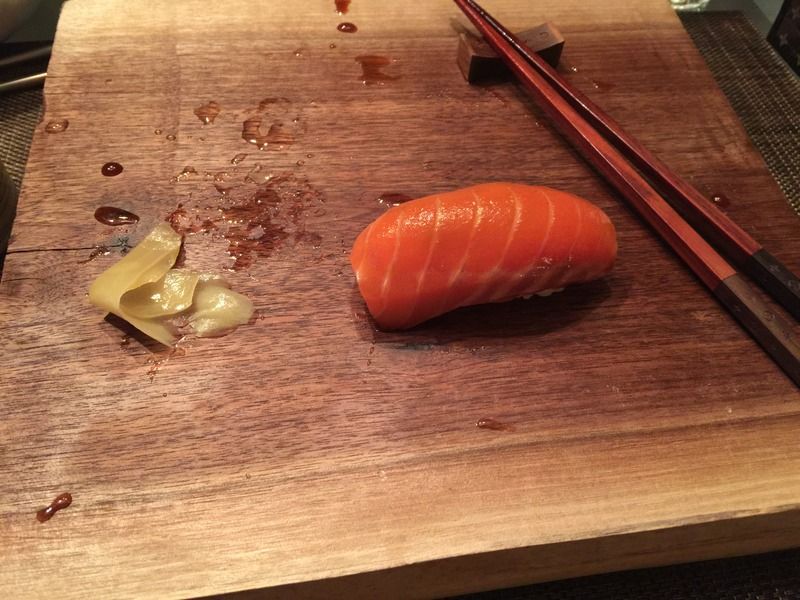
Originally Posted by
Stanley Covington

Mike, allow me to insert some additional opinions.
Two points I would like to remind you of before I share my opinions:
1. Remember, what really determines the sharpness of a blade at the microscopic level where the cutting of wood gets done are the last few strokes on the last stone in the process. Everything before that is prep.
2. It is very difficult to objectively measure sharpness, and objectively measuring how long a blade remains "sharp" (whatever "sharp" means) is even more difficult. Anyone who tells you otherwise is blowing smoke up your skirt.
Let's compare synthetic and manmade stones a bit, sans the romance and history and Japanese words.
Modern manmade stones cut HC steel very, very well. This capability is extremely useful for wasting metal. Why do I believe that synthetic stones cut steel so effectively, and why are they more effective than natural stones, you may ask? The chemical particles used to make synthetic stones are measurably harder than the stone particles that comprise natural stones, so they cut steel more efficiently. In addition to being harder, the individual particles in synthetic stones have distinct, sharp corners, whereas the particles in natural stones (at least the Japanese version) tend to be rounder. Hard and angular versus soft and round. Oops, starting to sound a like a romance novel, perhaps "Love's Savage Secret?"
That reminds me of an old Japanese saying that goes something like this (not intended to be erotic): "A wife should be a stone to polish the blade that is her husband." Sharpening stones have a place deep in Japanese culture.
Anyway, back to the subject at hand.
While is is difficult to quantify the results, the process of sharpening a blade is straightforward. When you finish (vs "shape" or "prep") a blade on a any stone, whether synthetic or natural, the stone's particles plow a parallel row of furrows in the surface of the blade. The extreme leading edge of the finished blade viewed under a microscope looks quite jagged. The sharper a blade is, the thinner and more uniform this jagged edge will be. How long it will stay sharp is driven by how long it takes for the carbides exposed at this thin jagged edge to be torn off, and for the edge to round over. The sharpening stone can increase the amount of wood a blade can cut before dulling by creating furrows that tend to support the carbide particles and protect them from being torn off.
According to Ron Hock, and consistent with other studies I have seen, synthetic stone particles, being sharp and jagged, tend to plow furrows that are deep and V-shaped with walls sloped at relatively uniform angles, and narrow bottoms. The angled sides of these parallel furrows reflect light in a uniform manner, which explains perfectly why blades worked on synthetic stones easily achieve a mirror finish. By comparison, the rounder particles of natural stones cut shallower furrows with curved sides, and of course, rounded bottoms, diffusing reflected light, and producing a cloudy, misty appearance (at least ideally).
Appearance aside, I believe a high-quality high-carbon steel blade containing fine, evenly-distributed carbides as found in most hand-forged blades made of high-purity steel, and finished on a natural stone will stay sharper longer than the same blade finished on a synthetic stone of the same grit size. I have no hard data to support this opinion. But I believe the shallower, rounder furrows (or scratches) created by natural stones tend to support and hold in place the carbide crystals longer. This seems consistent with the SEM photographs I have seen, and feels consistent with how my blades perform when cutting wood.
I have been using natural Japanese finishing stones for a long time, but I don't care what mountain, or mine they came from, or what goofy name they have stamped on them. All I care about is how they perform during those last few strokes. I know the job is complete when the blade is free of visible scratches and the HC steel edge is a beautiful misty white color, and the low-carbon supporting steel is a matt grey. I don't have to test such a blade for sharpness, because I can sense it is very sharp. This is a very satisfying feeling, and one that is difficult (but not impossible) to obtain with a synthetic stone.
My advice is don't venture too close to the edge of this rabbit hole until you are truly ready to jump.
Stan






 Reply With Quote
Reply With Quote



